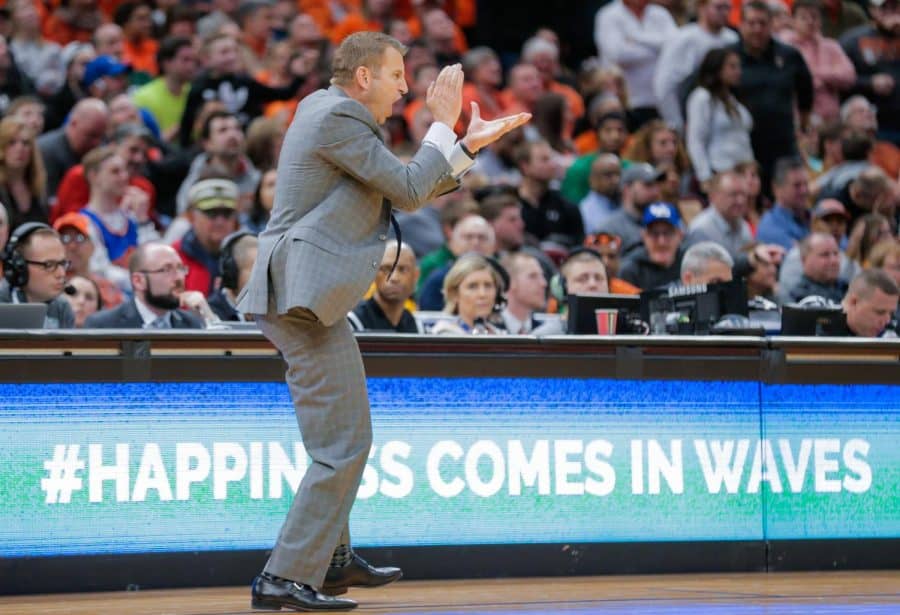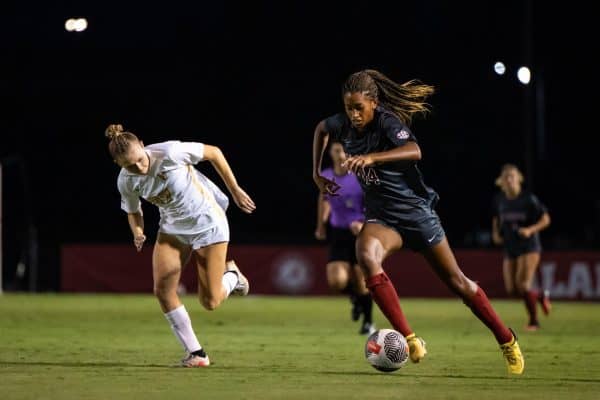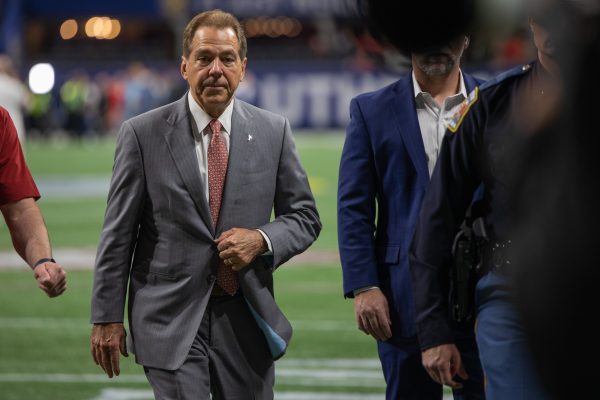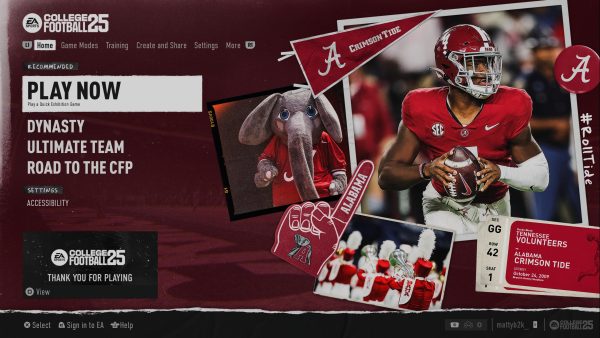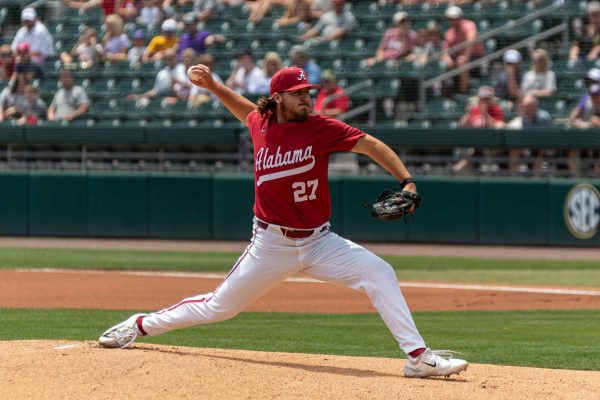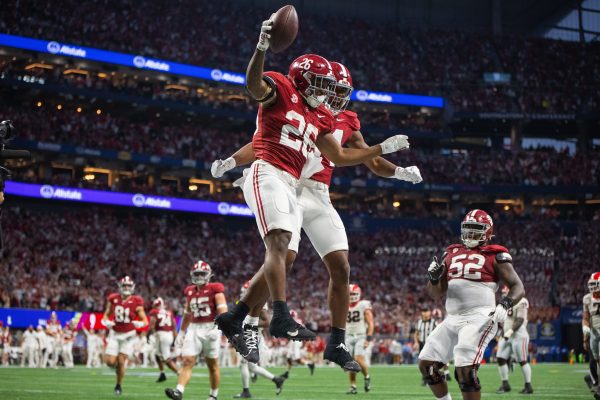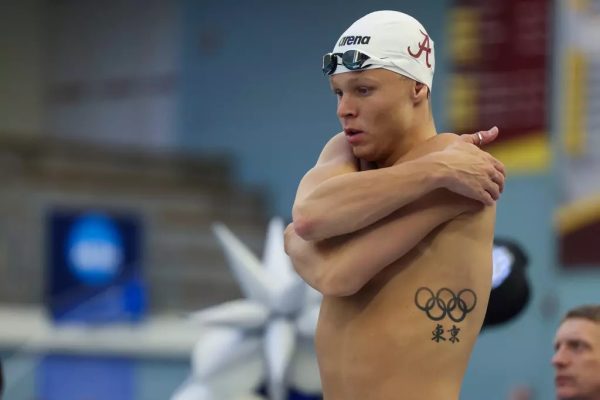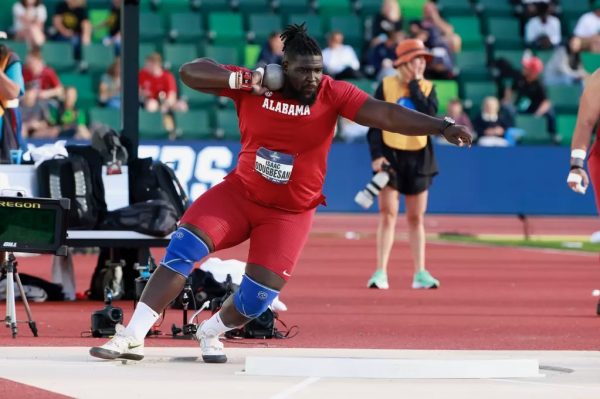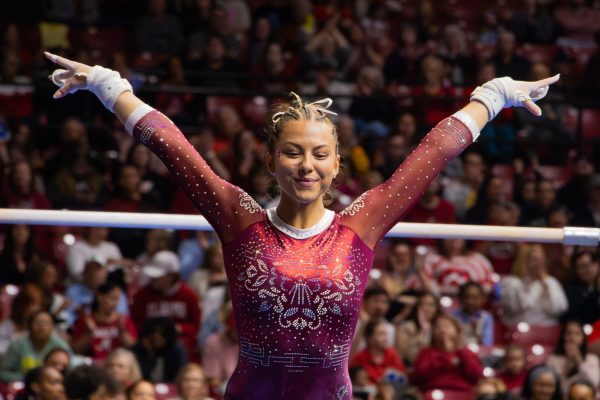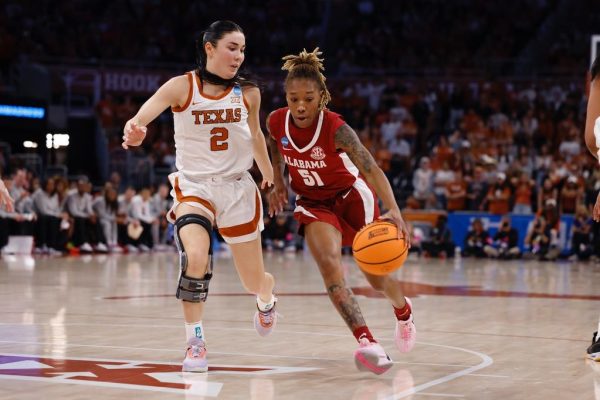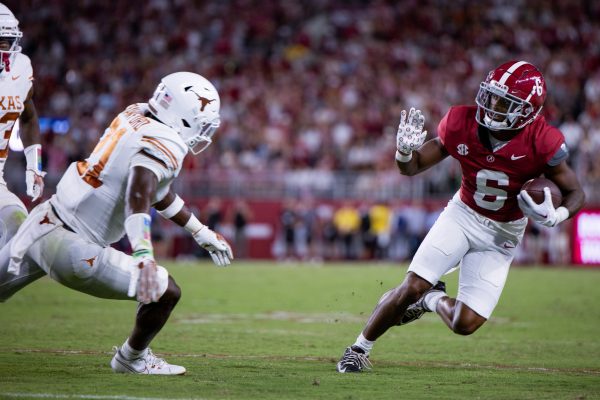Oats forges own path, with many detours along way
August 19, 2019
Alabama men’s basketball coach Nate Oats, then an unknown 20-something assistant coach at Division III Wisconsin-Whitewater, was about to meet a coaching legend.
The Memphis Grizzlies, coached by two-time NBA Coach of the Year Hubie Brown, were playing at the Milwaukee Bucks, and Oats had arranged to meet Brown after the game.
Josh Baker, Oats’ former college teammate and his current assistant at Alabama, was watching on TV. After the game, Baker called Oats and relayed what Brown had said in his postgame interview, hoping Oats could impress him with his knowledge.
“[Oats] is like, ‘Why didn’t they do this? Why didn’t they throw into the post?’ Hubie’s like, ‘That’s exactly what I was just saying on the air!’” Baker said. “So they ended up getting a connection.”
Years later, when Baker was an assistant under Oats at Romulus High School in metro Detroit, a rival coach suggested that they travel to nearby college and NBA teams to learn how higher-level programs operate.
So travel they did, as close as neighboring Southfield and as far as Los Angeles. They visited the training camps of the Chicago Bulls, Detroit Pistons and Indiana Pacers, met up with Brown and John Calipari in Memphis and traveled to Michigan and Michigan State “dozens of times a year,” according to Baker.
They even spent a week at Malibu Beach on a visit to Pepperdine.
“We’re calling in sick at like 3 in the morning for like five days straight,” Baker said with a laugh.
Pepperdine was having two practices a day to install its new playbook. Oats and Baker sat down with one of the team’s assistants for hours, peppering him with questions to expand their repertoire.
“Our dribble drive offense, the way we space, the way our flow game still is now [at Alabama] – we picked all that up then,” Baker said. “The competitive stuff that they run, the advantage stuff that they run, the way you practice, the cleanups, the emphasis on practice. That was probably the most influential trip.”
On one visit to Michigan State, Oats found himself more involved in a drill than he expected, despite driving straight from Romulus without changing clothes.
Spartans assistant Jim Boylen, now the head coach of the Chicago Bulls, brought Oats sneakers and shorts and had him work on finishing at the rim. Oats and Baker brought that back to Romulus, and it has even made its way to Alabama.
“If our seventh graders are doing this, and this is NBA-level stuff, you’re gonna do it all the way through 12th grade and you’re gonna be pretty good finishers,” Baker said. “… If we start missing layups around the rim all the time, the next day we’re doing Boylen finishing.”
Oats’ practice schedules at Alabama are littered with drills stolen from some of the most recognizable names in the game, but he has tweaked many of them to better fit his style and scheme. The result is a constantly evolving conglomerate of methods developed by coaches whose teams have had success at the highest levels of basketball.
He and Baker picked up a 5-on-0 break from Brown that became the foundation of Oats’ offense, which is predicated on spacing and ranked sixth out of 351 Division I teams in scoring last year at Buffalo.
But because Oats prefers a high-speed offense, he also added a timing component to the drill, challenging the team to finish 12 total sprints down the court in under 2 minutes, 15 seconds.
Before Oats and Baker rubbed elbows with national champions or NBA Coaches of the Year, they took their first trip to a high school coaching clinic within a half-hour of Romulus.
“There’s hundreds of coaches there,” Baker said. “And I was like, ‘Man, this is really good stuff, but it sucks because they’re all gonna be putting in the same stuff as us.’ He’s like, ‘Baker, no they’re not. They’re not willing to put in the work. They’re not willing to put in the time. We’re gonna be in at 6 a.m. on Monday morning doing this stuff. They’re not.’”
Baker called his former teammate, longtime friend and current boss a forward thinker and a learner, which was required by his unconventional route to Alabama.
Oats himself acknowledges that he never had a true mentor. Unlike a lot of assistants who become head coaches and run carbon copies of what they learned, Oats forged his own path as a head coach for 11 years before becoming a Division I head coach.
“A lot of guys, when they get their first Division I head coaching job, that’s their first time they’ve been a head coach in their life,” Oats said. “I was able to experiment with a lot of different things over 11 years without having anybody really looking over my shoulder.”
Armed with a love of basketball dating to elementary school and a work ethic instilled by two paper routes and his father’s summer chore lists, Oats says he’s still adding and tweaking as he spearheads the revival of Alabama men’s basketball.
“He always wanted to learn and be next-level,” Baker said. “He’s always like, ‘Why? Why do you do that? Why is that? Why does that work? Why, why, why, why, why?’ So I think just wanting to be the best, wanting to be a learner. He actually loves it. When you love it like he loves it and you work harder than everybody else, that’s a formula for success.”

